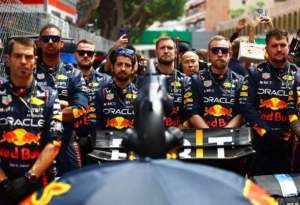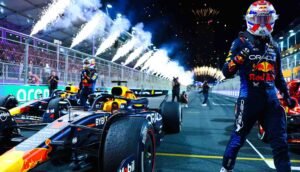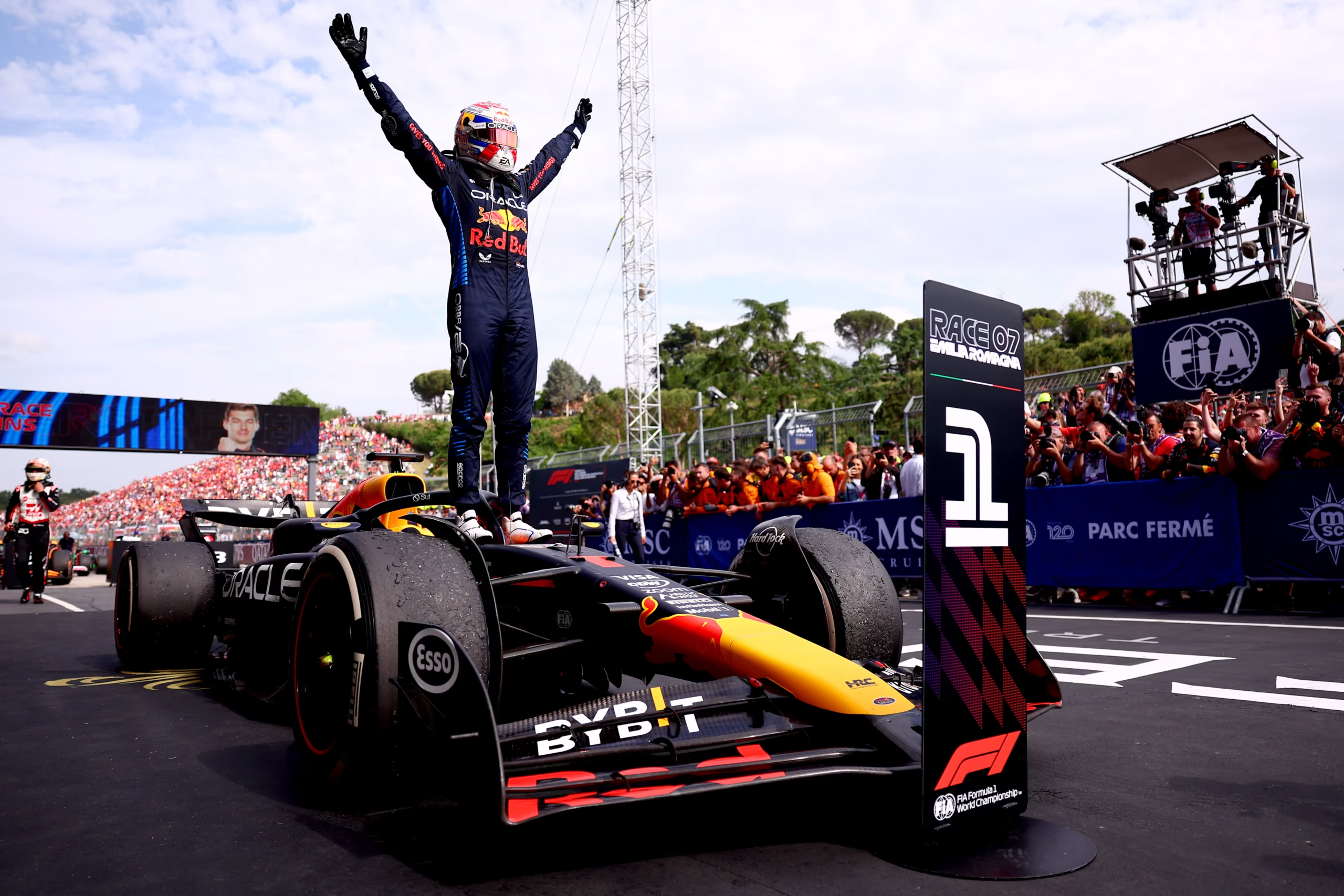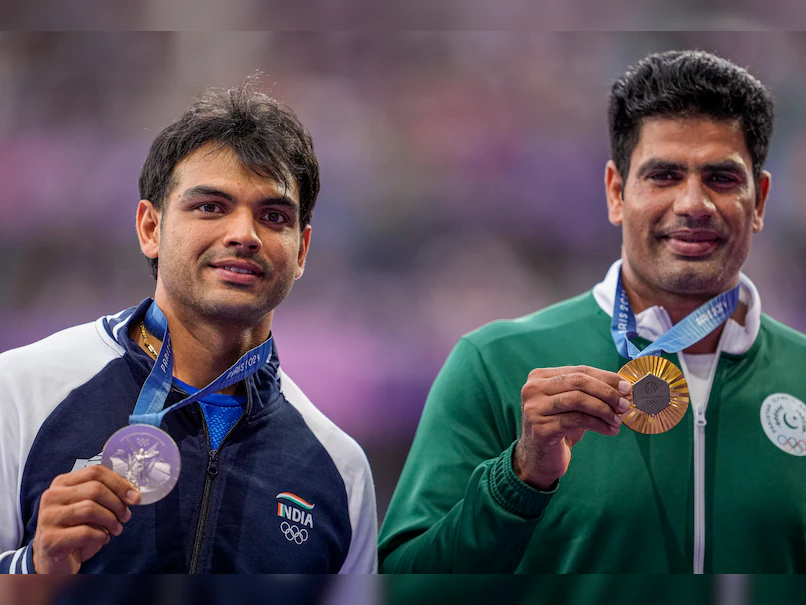Red Bull Racing: Speed, Swagger, and a Formula 1 Legacy in Full Throttle

Red Bull Racing
If you’ve followed Formula 1 in the last decade—even a little—you’ve probably seen one name stand out again and again: Red Bull Racing. What started as a bold move by an energy drink brand has now become a team that defines the modern era of the sport. Fast cars, fearless drivers, and a hunger to win—that’s Red Bull in a nutshell.
But how did they go from outsiders to title favorites? Let’s take a lap through their journey.
How It All Started: From Energy Drink to Engine Dreams
It all began in 2005, when Red Bull bought the struggling Jaguar F1 team. Most people thought it was just a clever branding stunt. After all, what does an energy drink company know about Formula 1?
Turns out—a lot more than we expected.
They brought in a fresh face, Christian Horner, to lead the team. No big reputation. No old-school F1 background. Just sharp instincts and big ambition. It was clear from the start: Red Bull wasn’t here to play by anyone else’s rules.
2010–2013: The Vettel-Newey Show
Everything clicked between 2010 and 2013. Red Bull had found its magic formula:
-
Sebastian Vettel, a young driver with insane talent and zero fear
-
Adrian Newey, the mastermind behind some of the fastest F1 cars ever
-
And a team that wasn’t afraid to take risks
Result? Four back-to-back Drivers’ Championships for Vettel, and Constructors’ titles for the team. Their dominance wasn’t just about speed—it was style, precision, and attitude. They made winning look like an art form.
Post-Vettel Era: Testing Times, Tough Calls
Vettel left in 2014, and the turbo-hybrid era began—dominated by Mercedes. Red Bull hit a rough patch. The Renault engine partnership caused more headaches than horsepower, and wins were harder to come by.
But instead of giving up, Red Bull hit the reset button. Their focus? Building for the future. And the future arrived in the form of a teenage phenom named Max Verstappen.

Red Bull Racing
Enter Max Verstappen: Young, Wild & Winning
When Red Bull promoted Max in 2016—at just 18 years old—many thought it was too soon. Max had other plans. He won his debut race with Red Bull, becoming the youngest F1 race winner ever. Just like that, a new era had begun.
Then came another bold move: Red Bull ditched Renault and teamed up with Honda in 2019. People were skeptical. They shouldn’t have been—because the Honda engines brought the fight back to the front row.
2021: The Year Everything Changed
The 2021 season was a rollercoaster. Max vs. Lewis Hamilton. Race after race of close battles. And a showdown in Abu Dhabi that fans still debate today.
Love it or hate it, Verstappen crossed the line as World Champion, and Red Bull Racing was officially back on top.
2022 & 2023: Maximum Dominance
New regulations arrived in 2022—and Red Bull nailed the design. Their RB18 and RB19 cars were monsters. Max won 15 races in 2022, then smashed records with 19 wins in 2023.
With Verstappen in peak form and the car untouchable, Red Bull cruised to back-to-back Constructors’ Championships. It wasn’t even close.
What Sets Red Bull Apart?
Here’s why Red Bull Racing isn’t just good—they’re exceptional:
🔹 Driver Development: They spot raw talent early and trust it. Think Vettel. Think Verstappen.
🔹 Engineering Power: With Adrian Newey at the helm, their cars are aerodynamic masterpieces.
🔹 Leadership: Horner keeps the team sharp, focused, and unified—even under pressure.
🔹 Fearless Culture: Red Bull Racing isn’t afraid to challenge norms, try new tech, or take bold strategy calls. They don’t follow F1—they shake it up.
What’s Next for Red Bull?
It’s 2025, and Red Bull’s dominance hasn’t slowed. Verstappen is still the man to beat, and the RB21 continues to rule qualifying and race day alike.
But big changes are coming. In 2026, Red Bull is set to launch its engine program under the Red Bull Powertrains banner. That means full control—from chassis to power unit. If they get it right, they won’t just be a racing team—they’ll be an F1 empire.
Of course, teams like Mercedes, Ferrari, and McLaren are regrouping. The 2026 regulation shake-up could shuffle the deck. But don’t bet against Red Bull Racing just yet.
Final Thoughts
Red Bull Racing isn’t just a success story. It’s a reminder that bold ideas, fearless choices, and a refusal to settle can completely change the game.
From underdog beginnings to an F1 dynasty—Red Bull has proved that passion, talent, and a bit of swagger go a long way in motorsport.
Whether you’re cheering them or chasing them, one thing is certain: Red Bull Racing has earned its place at the front of the grid—and they’re not going anywhere anytime soon.









Leave a Reply